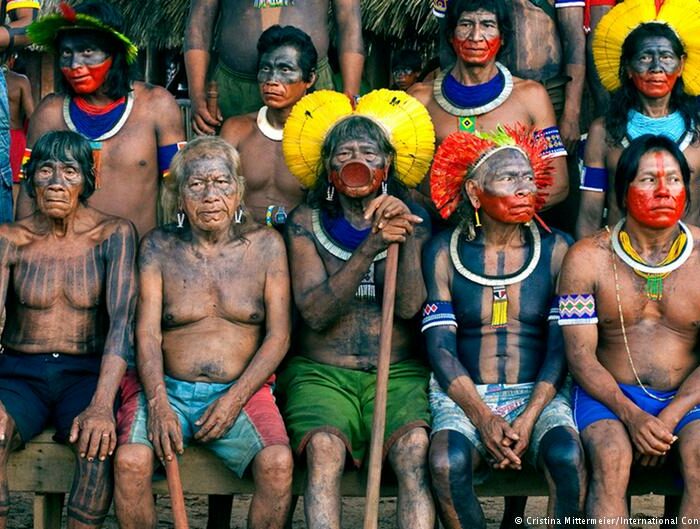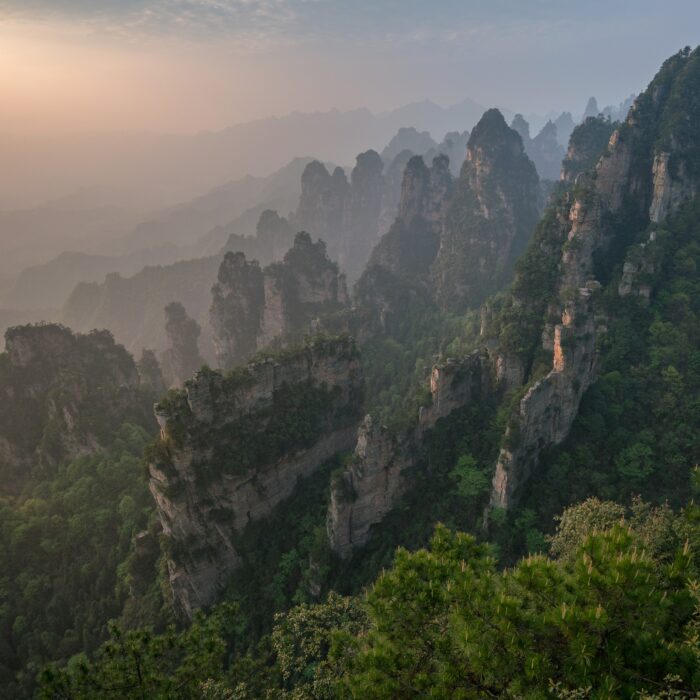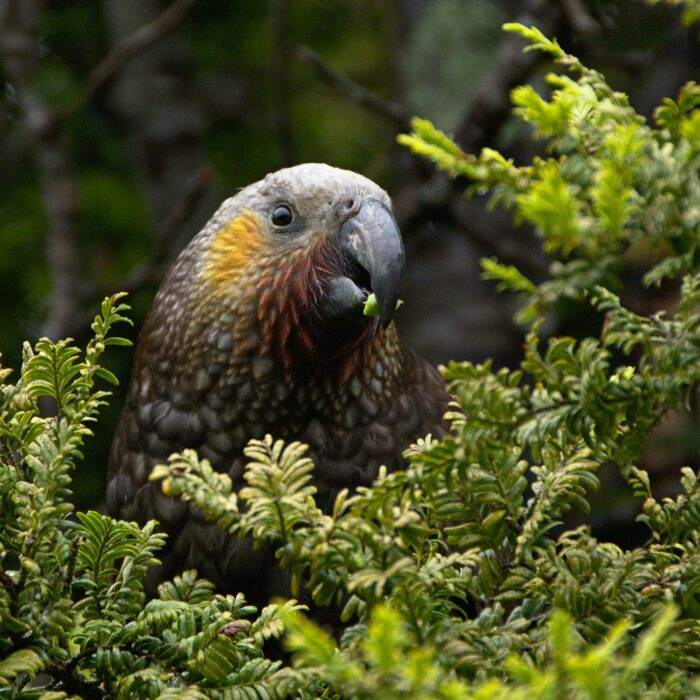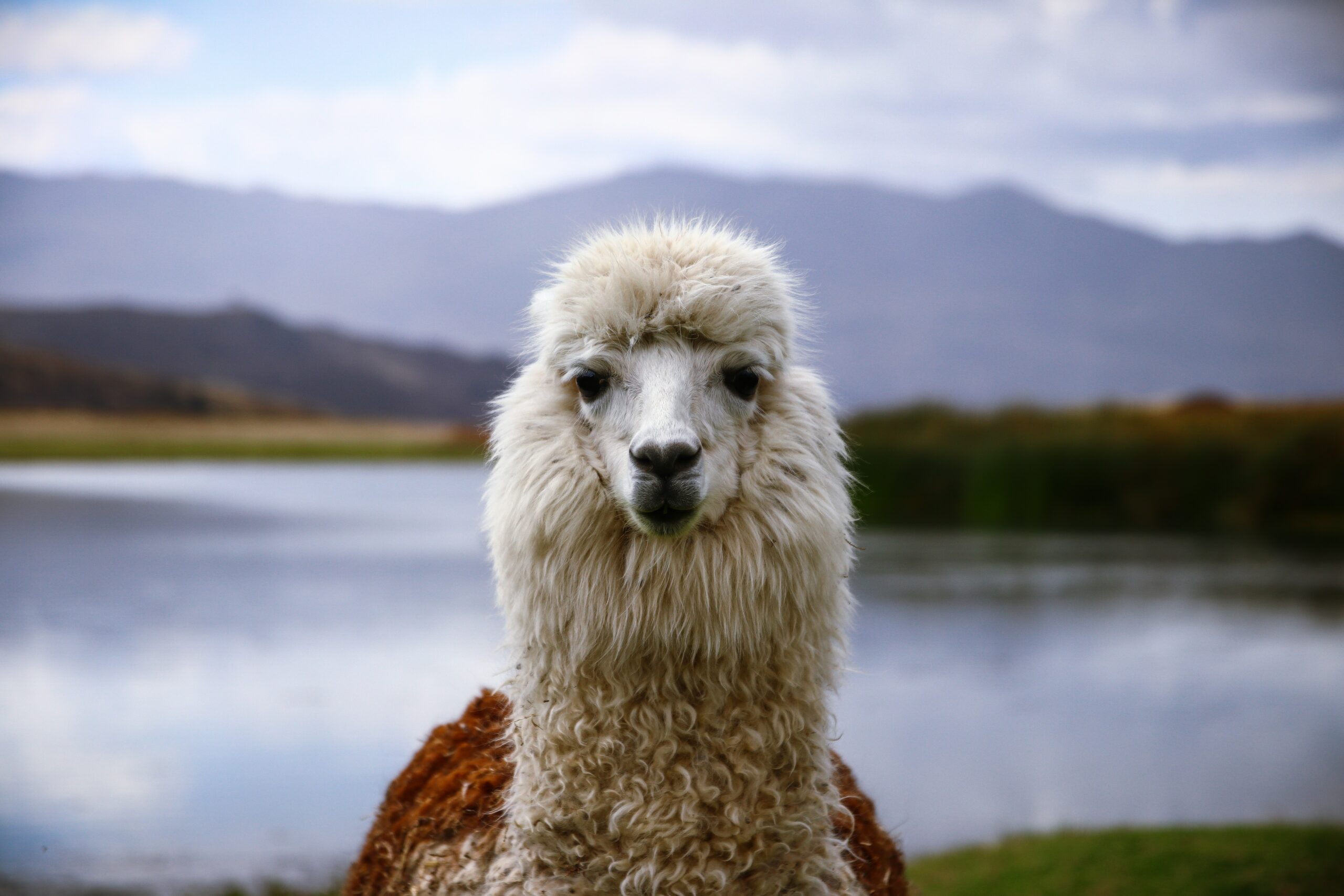
Indigenous Declaration for Mother Earth
Posted in All Articles, News & Publications, Papers & Publications on 03/12/21
Joint declaration of the Indigenous Peoples of the world to the CBD
Read MoreOur goal is simple: protect half the Earth. Getting there is possible only if we work together. Discover how others are confronting the complex issues facing conservation today, and learn how Nature Needs Half is promoting problem-solving to overcome these challenges.

Posted in All Articles, News & Publications, Papers & Publications on 03/12/21
Joint declaration of the Indigenous Peoples of the world to the CBD
Read More
Posted in All Articles, News & Publications, Papers & Publications on 09/19/18
How to conserve half the planet without going hungry By Zia Mehrabi, Erle C. Ellis And Navin Ramankutty Every day there are roughly 386,000 new mouths to feed, and in that same 24 hours, scientists estimate between one and 100 species will go extinct. That's it. Lost forever. To deal with the biodiversity crisis we need to find a way to give nature more space—habitat loss is a key factor driving these extinctions. But...
Read More
Posted in All Articles, News & Publications, Papers & Publications on 09/19/18
A Preliminary Study on Mapping Wilderness in Mainland China Article by Cao Yue, Yang Rui, Long Ying, Steve Carver Wilderness areas are, in the main, places that are ecologically intact, mostly free of industrial infrastructure, and without significant human interference. With a growing appreciation of the intrinsic value of wilderness, more attention is being paid to wilderness protection and management especially as threats increase and remaining wilderness areas shrink in...
Read More
Posted in All Articles, News & Publications, Papers & Publications on 08/30/18
How to protect half of Earth to ensure it protects sufficient biodiversity Abstract It is theoretically possible to protect large fractions of species in relatively small regions. For plants, 85% of species occur entirely within just over a third of the Earth’s land surface, carefully optimized to maximize the species captured. Well-known vertebrate taxa show similar patterns. Protecting half of Earth might not be necessary, but would it...
Read More
Posted in All Articles, Library, News & Publications, Papers & Publications on 06/22/18
AREDAY’s Impact Film free showings aim to inspire June 22nd, 2018 Aspen, CO Article by Todd Hartley, Aspen Daily News Staff Writer Amidst the features and short films constituting the lineup Friday and Saturday at AREDAY’s free Impact Film screenings in Snowmass Village, there is a short entry of five film clips called the “Nature Needs Half” series. It boasts a big-name star in Ashley Judd and despite its...
Read MorePosted in Library, News & Publications, Papers & Publications on 05/10/18
Originally published by Science Magazine The 1992 Convention on Biological Diversity (CBD) was one of the first international environmental agreements negotiated. In the same year, the Global Environment Facility (GEF) for funding biodiversity conservation in developing countries was launched. Yet 25 years later, biological populations and diversity continue to decline both on land (1) and in the oceans (2). The main reasons are chronic underfunding of global biodiversity conservation;...
Read MorePosted in Library, News & Publications, Papers & Publications on 05/10/18
Originally published by Yale Environment 360 A number of biologists have recently made the argument that extinction is part of evolution and that saving species need not be a conservation priority. But this revisionist thinking shows a lack of understanding of evolution and an ignorance of the natural world. A few years ago, I helped lead a ship-based expedition along south Alaska during which several scientists and noted artists documented and made...
Read MorePosted in Library, News & Publications, Papers & Publications on 04/5/18
Originally published by Proceedings of the National Academy of Sciences of the United States of America In many senses, the recent publication in PNAS by Ceballos et al. (1) on population losses and declines in vertebrates can be traced back to efforts early in the 20th century led by the American Committee for International Wildlife Protection to document the extinction phenomenon (2⇓–4). The focus at the time was very...
Read MorePosted in News & Publications, Papers & Publications on 11/27/17
Originally published by Biological Conservation By Helen Kopnina, Haydn Washington, Joe Gray, Bron Taylor Abstract The Future of Conservation survey, launched in March 2017, has proposed a framework to help with interpreting the array of ethical stances underpinning the motivations for biological conservation. In this article we highlight what is missing in this debate to date. Our overall aim is to explore what an acceptance of ecocentric ethics would mean...
Read MorePosted in Library, Multi-Media, News & Publications, Papers & Publications on 08/29/17
Originally published August 27, 2017 by CBC Radio Canada Listen to the full radio segment > Harvey Locke is a self-described "free range conservationist". His ancestors lived in the mountains of the Bow Valley before Banff became a national park, and he still lives in the town of Banff. He happily shares his property with wildlife. It's not rare for a grizzly bear, or a wolf, or a 700-pound elk to wander...
Read MorePosted in Library, News & Publications, Papers & Publications on 07/26/17
Canada's renewed focus on protecting nature could deliver results Originally published by Canadian Parks and Wilderness Society (CPAWS) Executive Summary CANADA IS A COUNTRY DEEPLY CONNECTED TO NATURE. It underpins our sense of place, our well-being, and our economy. Maintaining the health of Canada’s ecosystems to sustain wildlife and people requires the creation of an extensive network of protected natural areas as the foundation for effective nature conservation strategies. This...
Read MorePosted in Library, News & Publications, Papers & Publications on 07/26/17
Nature for the People: Toward a Democratic Vision for the Biosphere Originally published by Erle Ellis in the Breakthrough Institute Read the full article here > Introductory Comments by: Ted Nordhaus, Co-Founder and Executive Director of the Breakthrough Institute For over a decade, landscape ecologist Erle Ellis has marshalled an enormous trove of archaeological, paleontological, and historical evidence to demonstrate that humans have been terraforming the Earth for many,...
Read More